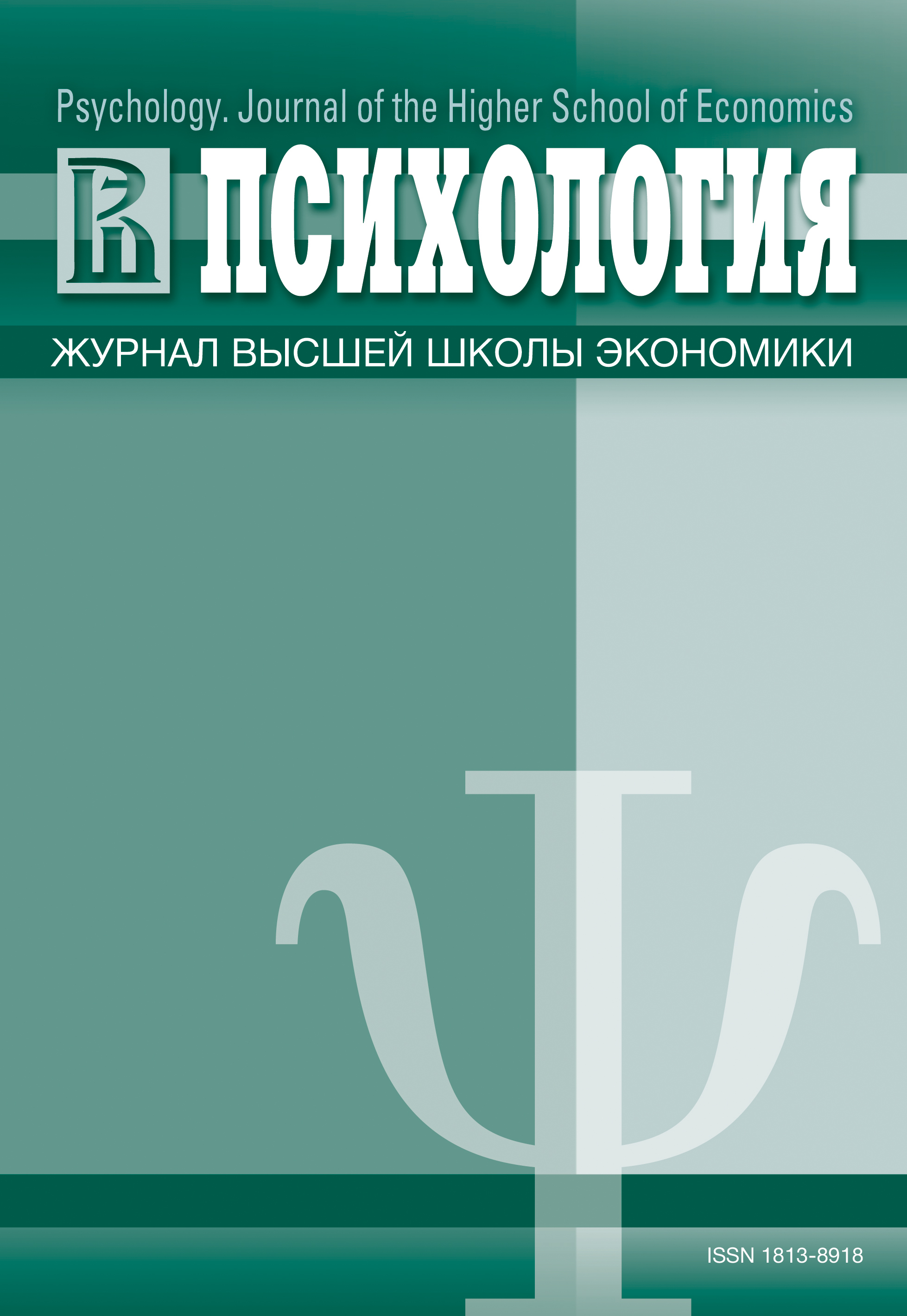Elaboration of Frequency Index of Sexual Satisfaction (FISS) in Marital Relationships Assessment
Keywords:
sexual satisfaction, sexual interaction, sexual relationships, marital relationships, pleasure, assessment scale of feelings, frequency of sexual feelings
Abstract
Despite the crucial significance of sexual satisfaction in marital relationships, this phenomenon is under-investigated. Scales or subscales of sexual satisfaction used in research and psychotherapeutic practice are primarily based on disorders of sexual relationships. The aim of this work is to develop a new scale of sexual satisfaction based on the concept of a healthy long-life relationship. In contrast to previous clinical and sexology scales and subscales, this scale is aimed not at the assessment of sexual disorders, but at the assessment of fully -fledged sexual marital relationships. After the verification of 126 statements describing sexual relationships derived from vocabularies and other scales, 16 positive statements were selected and modified. They were accompanied by a frequency “never – ever” frequency scale. The fFirst studies using this scale have shown its good construct validity and high internal reliability. FISS has strong positive correlations with “Love” subscales (“Intimacy” – 0.75, “Passion” – 0.73, “Commitment” – 0.69) and a weaker correlation with the “Jealousy” scale (0.45). Cronbach’s alpha for women is 0.928, for men – 0.943. The scale ensures the assessment of sexual satisfaction in long-term partnership relationships. The nNext stage of the FISS development should involve factor analysis and comparison of groups with different marital status.Downloads
Download data is not yet available.
Published
2013-04-01
How to Cite
БреславГ. М. (2013). Elaboration of Frequency Index of Sexual Satisfaction (FISS) in Marital Relationships Assessment. Psychology. Journal of the Higher School of Economics, 10(1), 25-36. https://doi.org/10.17323/1813-8918-2013-1-25-36
Issue
Section
New methods of psychological assessment





